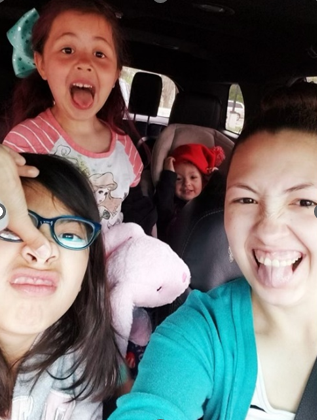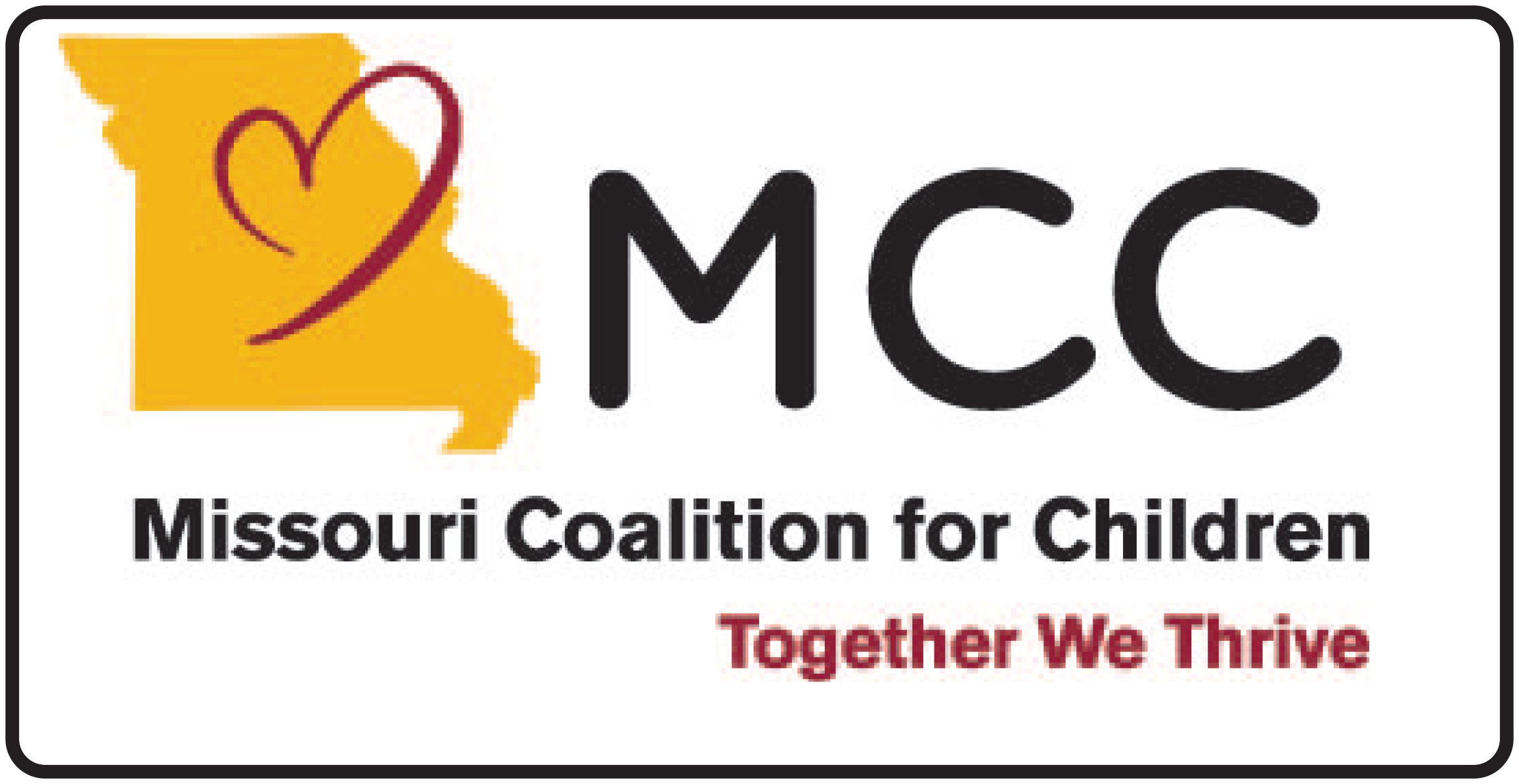Children and teens can enter foster care for a number of reasons. When this happens, government and child welfare agencies work together to find the safest and best home for them. A relative, such as a grandparent or someone the child already knows, is always the first option agencies seek out since children deserve to be in the least restrictive environment with people, they are familiar with.
If relatives aren’t available when a child enters foster care, social workers will reach out to teachers, neighbors, family friends – someone who the child knows and is comfortable with. Studies show that kinship caregivers are frequently able to care for these youth during times of struggle. This is also helpful in alleviating the amount of trauma youth go through after being separated from their parents.
In Missouri, when a court decides that a child should not remain in the parents’ home due to safety concerns, the Missouri Children’s Division begins the search for kinship care providers. Once a potential option is located, the kinship caregiver must pass a series of background checks and initial home inspection for the child to be placed in their home.
Following this, a Training and Assessment Specialist contacts the relative family to start the assessment and licensing process. These meetings take place in the caregiver’s home and consist of a series of questions and paperwork to be completed. At times, some modifications to the home are needed. Families are enrolled in the required kinship caregiver training and are provided with any additional resources they may need to meet the child’s needs in the home. They are required to complete the licensing process within the first 90 days of placement and must be fingerprinted in the first two weeks.
The goal is to provide the best care for children in foster care so they will have life-long health.
Sharing This Heartwarming Kinship Story from The KVC Team
My Childhood Led Me to Advocate for Youth in Foster Care
– Stephanie Everman, KVC Kinship Care Specialist

When I was three years old, I was placed in the care of my maternal aunt, uncle and two older brothers who had already been residing with my aunt for a year or so. My parents had four children in their early twenties and faced many financial hurdles. Over time, my mom suffered from substance use which led to me being placed in foster care.
In my role as a Kinship Care Specialist with KVC, my mission is to give children a voice and show them how they can be in the ones in the “driver’s seat” of their lives. Everyone deserves connection, and helping children facing a time of hurt and loneliness can be hard. But with connections through family and friends, these children can feel a sense of belonging and learn to love themselves!



